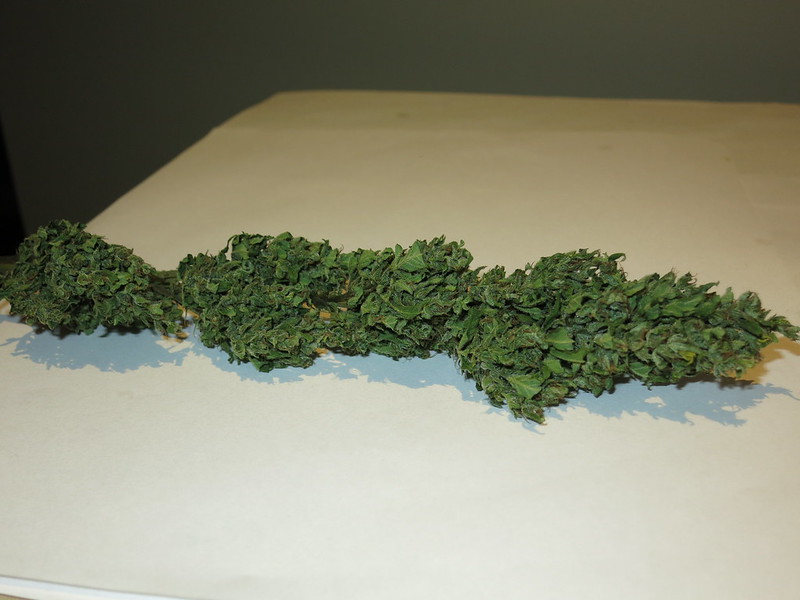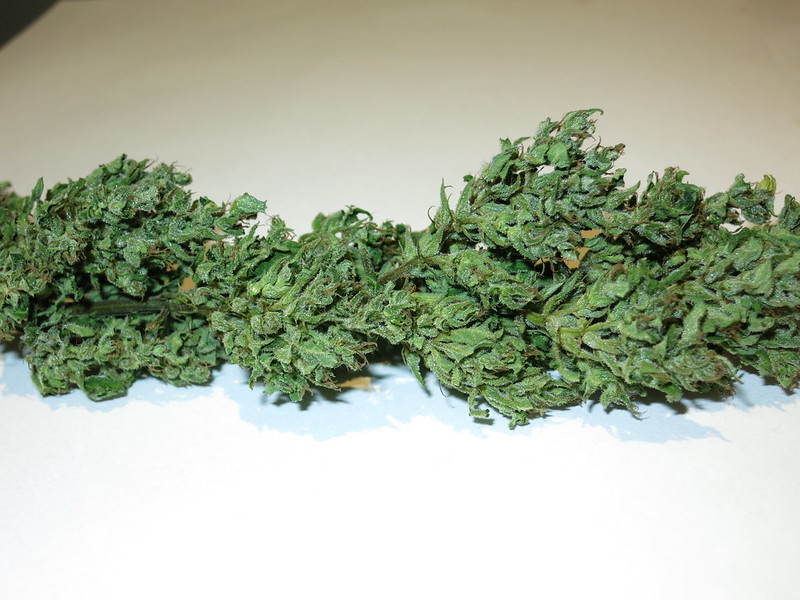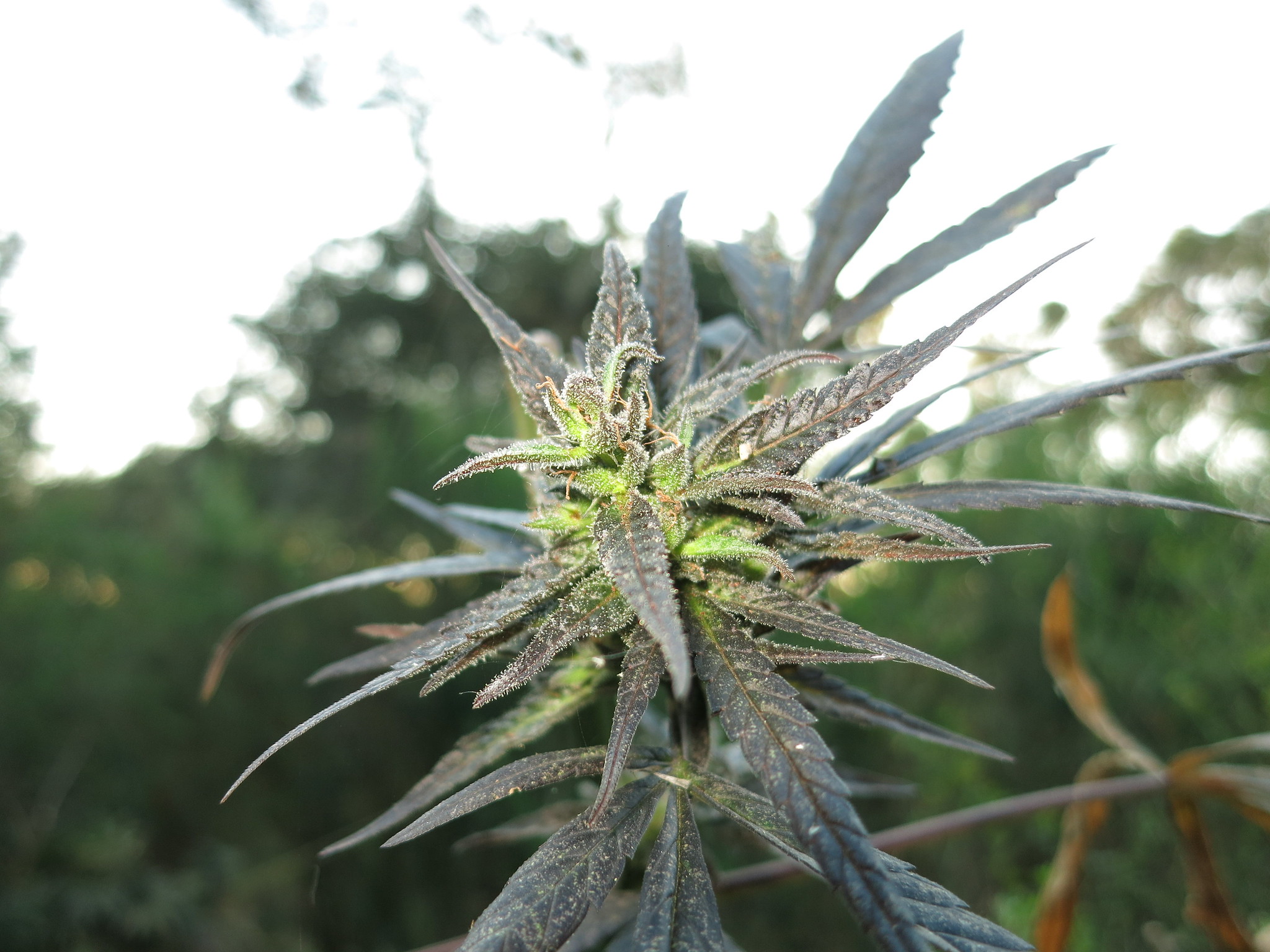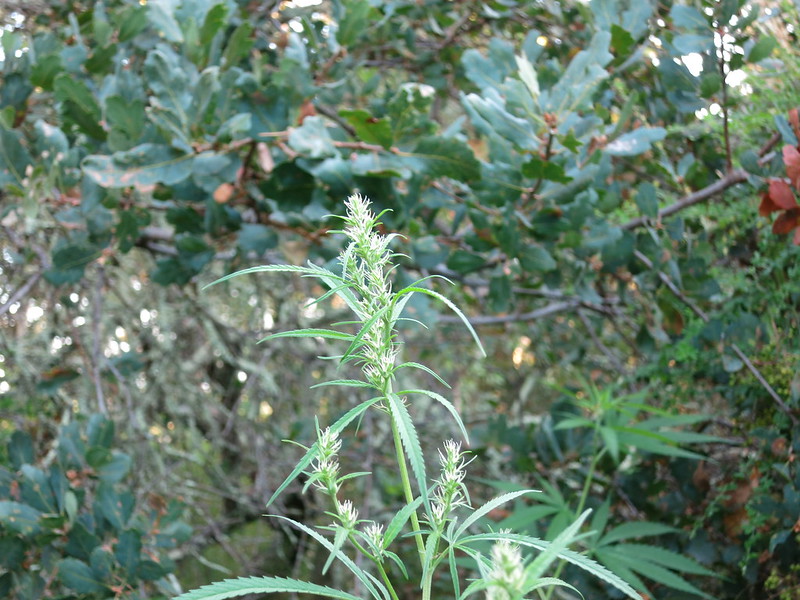Yeah, I think all cannabis plants have the "hermi" preservation trait in one form or another and at very large spectrum of sensitivity levels
Trick would be as you said to pick the ones that dont do that... whatever the stress
The plants might not be as stressed in their native environment so the the hermi trait that they are genetically pre-disposed are not a factor
Its going to be a factor in a new place with different temps, wind, rain, light...
Genetic and environment technically....but its hidden in the genetics
Either way for human purposes...select away from it
All cannabis plants have this in their genetics...some it happens easy ...some you can't even make them do it if you try...Its a preservation trait
Nature always finds a way!
You got some good plants...trick is to save clones so you can run the good ones and test out males on them...get a solid adapted line
its a minor miracle we have these heirloom landraces straight from the source....
many thanks ngakpa!
Trick would be as you said to pick the ones that dont do that... whatever the stress
The plants might not be as stressed in their native environment so the the hermi trait that they are genetically pre-disposed are not a factor
Its going to be a factor in a new place with different temps, wind, rain, light...
Genetic and environment technically....but its hidden in the genetics
Either way for human purposes...select away from it
All cannabis plants have this in their genetics...some it happens easy ...some you can't even make them do it if you try...Its a preservation trait
Nature always finds a way!
You got some good plants...trick is to save clones so you can run the good ones and test out males on them...get a solid adapted line
its a minor miracle we have these heirloom landraces straight from the source....
many thanks ngakpa!










